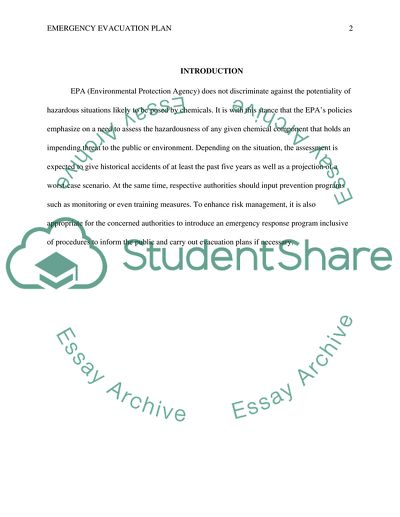Cite this document
(Emergency Evacuation Methodology for a City Case Study, n.d.)
Emergency Evacuation Methodology for a City Case Study. Retrieved from https://studentshare.org/environmental-studies/1798363-emergency-evacuation-plan-and-clean-up-commitment-for-a-city
Emergency Evacuation Methodology for a City Case Study. Retrieved from https://studentshare.org/environmental-studies/1798363-emergency-evacuation-plan-and-clean-up-commitment-for-a-city
(Emergency Evacuation Methodology for a City Case Study)
Emergency Evacuation Methodology for a City Case Study. https://studentshare.org/environmental-studies/1798363-emergency-evacuation-plan-and-clean-up-commitment-for-a-city.
Emergency Evacuation Methodology for a City Case Study. https://studentshare.org/environmental-studies/1798363-emergency-evacuation-plan-and-clean-up-commitment-for-a-city.
“Emergency Evacuation Methodology for a City Case Study”, n.d. https://studentshare.org/environmental-studies/1798363-emergency-evacuation-plan-and-clean-up-commitment-for-a-city.


